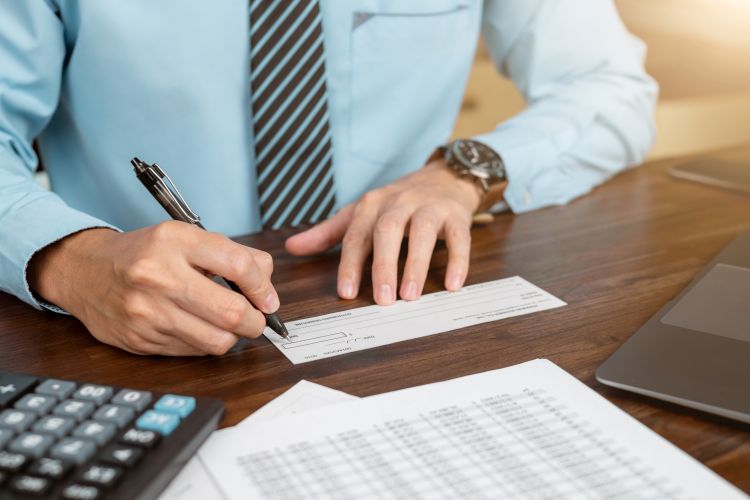U.S. Treasury to Stop Issuing and Accepting Paper Checks

In Summary
- President Trump signed an Executive Order on March 25, 2025, mandating that the federal government phase out paper payments (like checks and money orders) and mandate the use of electronic payments for both disbursements from the government (e.g., tax refunds, benefits) and payments to the government (e.g., taxes, fees), effective September 30, 2025.
- The shift to electronic payments is intended to crack down on waste and fraud, as paper checks are reported to be 16 times more likely to be lost or stolen compared to electronic payments. The move is also expected to increase efficiency and reduce costs associated with managing paper-based systems.
_________________________________________________________________________________________
On March 25, 2025, President Trump signed an Executive Order that will change how the federal government handles payments, phasing out the use of paper-based payments such as checks and money orders and mandating the use of electronic payments where allowable by law.
Effective September 30, 2025, the federal government will no longer issue paper checks for such things as intragovernmental payments, benefits, vendor payments, and perhaps most importantly, tax refunds. Payments made to the government for fees, fines, loans, and taxes will also have to be made electronically where permissible under current law.
Are there exceptions?
The government will allow some exceptions and accommodations, and such people or entities will be provided alternative payment options, including:
- Those people who don’t have access to banking services or electronic payment systems
- Certain emergency payments where electronic methods would cause undue hardship
- National security or law enforcement-related payments where electronic transactions are unnecessary or undesirable
- Other instances determined by the Secretary of the Treasury
Why was this instituted?
President Trump is attempting to crack down on waste and fraud in the federal government and one way to do this is by updating old paper-based payment systems that can cause unnecessary costs, delays, and security risks. Checks and money orders often come with a risk of fraud and are vulnerable to being lost or stolen. Since 2020, mail theft complaints have increased, and the Treasury reports that its checks are 16 times more likely to be reported lost or stolen, returned, or altered when compared to electronic payments. Digitizing paper records costs the government millions each year. Reports of check fraud nearly doubled from 2020 to 2021. Overall, electronic payments are more efficient and cost-effective and less susceptible to fraud than paper-based payments.
What kinds of payments will be accepted?
For both disbursements from the government and payments made to the government, the following electronic payment methods can be used:
- Direct deposit – this will likely be the main method for receiving tax refunds
- Prepaid card accounts and other digital payment options – taxpayers may soon have the option to receive refunds by these methods
- Debit and credit card payments – this method is already used by taxpayers to make payments
- Digital wallets and real-time payment systems – these methods are expected to be used in the future
Contact Us
If you have questions about the information outlined above or need assistance with another tax or accounting issue, Klatzkin can help. For additional information call 609-890-9189 or click here to contact us. We look forward to speaking with you soon.
